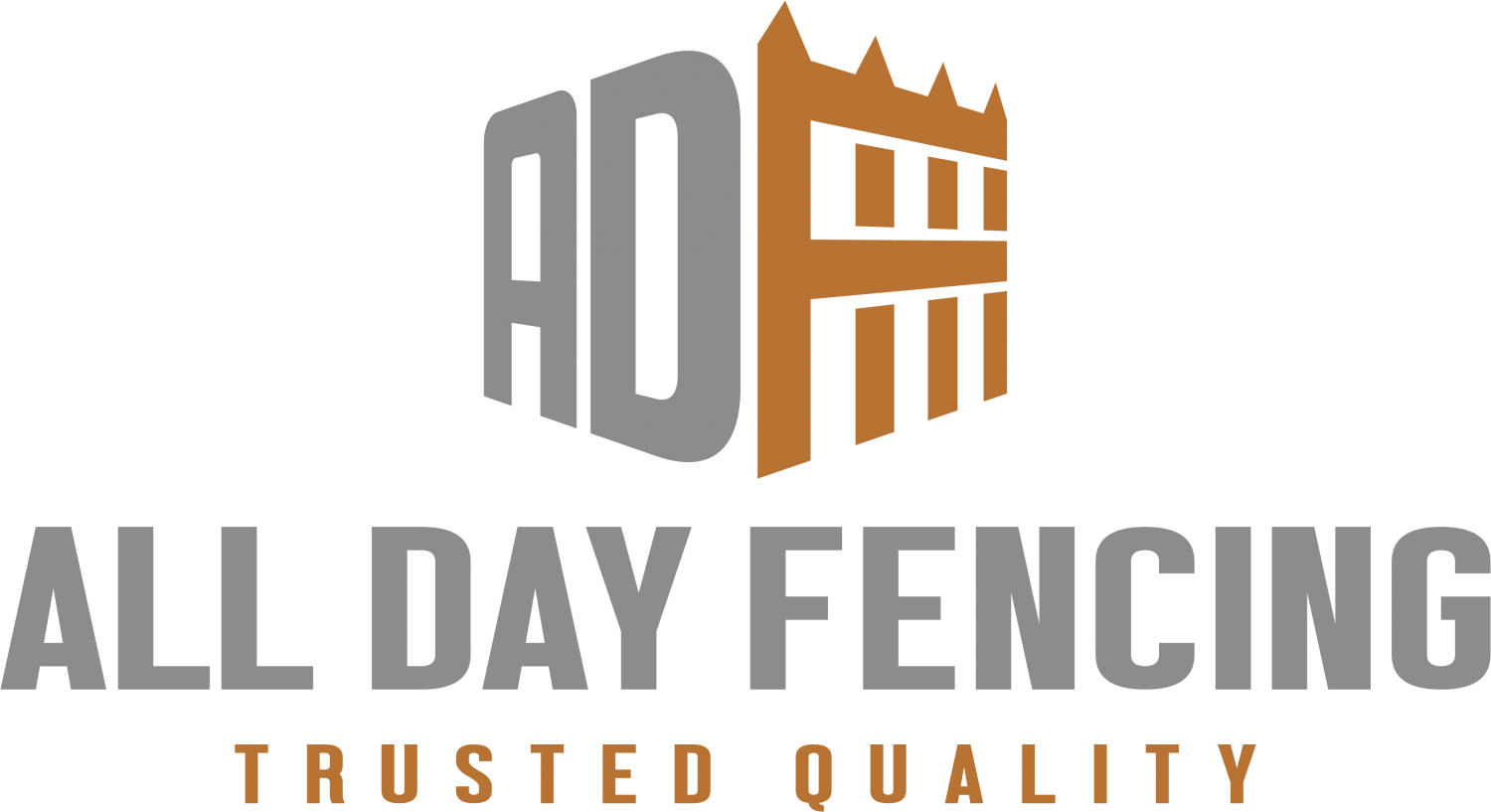Information Sheet on Pre-primed Treated Timbers (Treated Pine)
With the increasing cost of quality durable timber, builders are relying more on pre-primed, LOSP-treated pine for exterior applications.
LOSP (light organic solvent preservative) consists of preservatives dissolved in solvent and impregnated into the timber to prevent rotting, giving the timber durability in above-ground exterior applications. LOSP pre-priming is designed to temporarily protect the timber from weather and UV degradation, as well as soiling during construction.
LOSP pre-primed timber, by its appearance or by the description given to it by persons handling it, is often mistaken for properly primed timber ready for top-coating. LOSP pre-primers should not be confused with premium architectural primers which are crucial to the durability of a complete coating system.
Premium architectural primers comprise a range of high quality primers including Powder Coatings, which have been demonstrated to perform satisfactorily over timber board.



The following table gives a comparison of LOSP pre-primers with premium architectural primers recommended as part of a complete coating system : Feature Pre-primers Premium architectural primers
Specially formulated for long service life _______ Yes
Flexible to move with timber _______ Yes
GPC-P-18 approved for exterior use _______ Yes
For satisfactory long term service, premium architectural primers should be used for priming timber board. If using LOSP pre-primed board, the following system is recommended:
First test the adhesion of the LOSP pink primer to the timber. Cut a small ‘x’ through the existing coating with a sharp blade. Press cellulose tape firmly across the cut and then rip off the tape. If any of the existing coating comes off it is unsound and must be removed by sanding. If in any doubt sand the surface before painting. Fill nail holes with an exterior grade wood filler. Sand back until surface is completely free from all dirt and degraded material and dust off. Prime all surfaces, including cut ends and joints, with a good quality solvent-based alkyd primer. Water based primers are less effective in this application. Allow a minimum of 24 hours to dry, then sand to an even finish if necessary. Apply two full coats of premium brand 100% acrylic exterior topcoat to the manufacturer’s recommendation.
Note: While gloss enamels will provide higher initial gloss, acrylics will provide longer gloss retention, longer life, and easier recoating (less preparation needed). LOSP treatments contain water-repellents which can cause water-borne coatings not to spread uniformly and wet the surface. This can occur even with acrylic topcoats applied over an oil based primer, as the water-repellent can dissolve into an oil based coat. This can be overcome by sanding and/or washing with turps to remove the water-repellent from the surface of the timber or the oil based paint film.
For further information contact the Australian Paint Manufacturers’ Federation Inc
Phone: (02) 9922-3955
Fax: (02) 9929-9743
Email: director@apmf.asn.au
Website: www.apmf.asn.au
Disclaimer
This Fact Sheet is intended to help those having to prepare and paint pre-primed LOSP treated pine. It is not intended to be a sole source of reference or a substitute for regulations and standards which may relate to this work. Applicability to individual circumstances or risks must be considered in the light of those circumstances. The APMF cannot accept liability in respect of any consequences arising as a result of using the information and advice offered.
Related Articles
Do I need a survey for my new fencing?
Does my fence have to be located exactly on the boundary?
How to design and build your own fencing and gates
How high can I build my boundary fencing?
How high can I build my front fence?
My fence is not located on the boundary, who owns it and who pays?
It’s a fence, not a kitchen!!
Fencing comparison chart, fire, wind, strength, maintenance, noise, durability…
What is the best fencing material to reduce road noise?
Are treated timbers dangerous around children?
